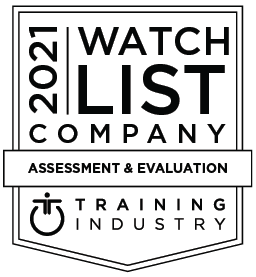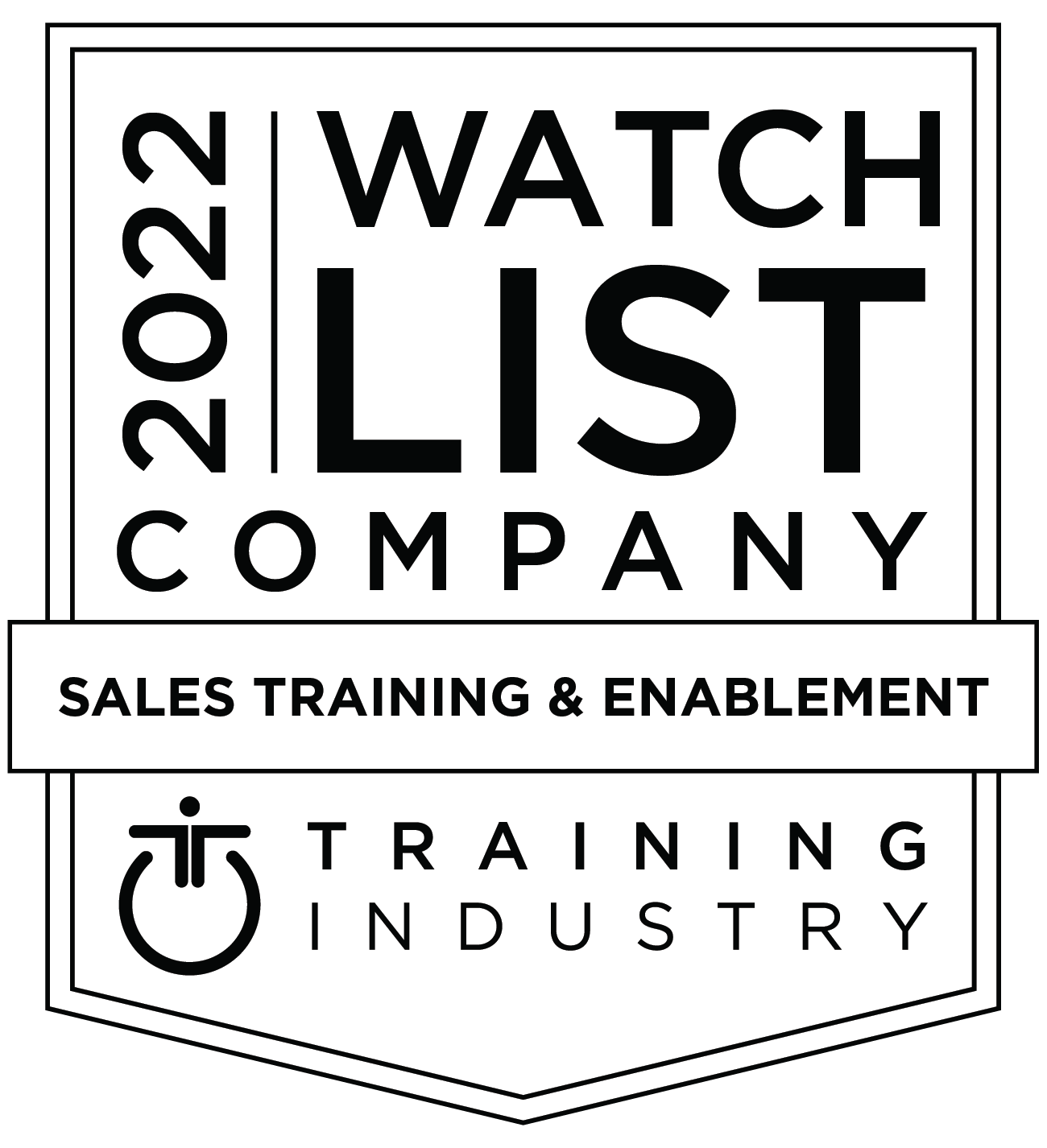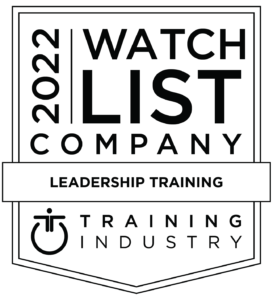Congratulations! You’ve been invited to speak at your company’s annual user event. Maybe it’s your first time. You’re feeling anxious and unsure how to best prepare. Maybe you’ve done this many times and you’re feeling almost blasé, unknowingly putting yourself at risk of dangerously underpreparing.
Make no mistake about it: a user conference is a big deal for you and your company. It’s a major investment of time, money, and resources. It’s a huge and unique opportunity to positively influence your user community. And it’s a big deal for the attendees. They arrive with high expectations after spending upwards of $4000 and a week of productivity just to be there.
Over many years of attending, speaking at, and preparing speakers for user conferences, I’ve learned there are three all-too-common deadly failures that user conference speakers make.
So, what are the three killer fails? The first one is…
Not Communicating Care-About Value
Right from the start of your session, individual audience members want to feel that you’ll address the things they care about. Fail to make them feel this way, and you risk losing their attention or even having them leave your room. The following mistakes can be a recipe for failure:
- Delivering an apathy inducing opening
- Using a hard-to-follow structure
- Failing to include memorable stories
The second killer fail is…
Not Projecting Credibly Contagious Conviction
A message that communicates care-about value doesn’t guarantee success. Conference audiences will also constantly evaluate the credibility of the messenger, both consciously and unconsciously. The following “fails” make it hard for the audience to have confidence in you and to pay attention to your content:
- Committing nonverbal self-sabotage
- Having an absence of verbal white space (no pauses, lots of ums and ahs, etc.)
- Projecting well-intended but numbing professionalism
And the final killer fail you should avoid is…
Not Building Trust Interactively
Successful conference speakers know that the best way to build rapport and gain the trust of an audience is to interact with them, usually in the form of inviting and responding to their questions. Yet, interaction is fraught with risk if not handled properly.
Any one of these “fails” can damage your credibility and diminish the impact of your session:
- Being caught unprepared by a question or objection
- Over-reacting defensively when challenged
- Giving vague answers or, even worse, making something up
There’s an old idiom that still proves true: Forewarned is forearmed. Remember, nobody wants your session to fail.
In fact, your audience wants your user conference session to be a smashing success. They want to walk away talking about the tremendous value they got from your session.
The good news is that with awareness of these potential failures, the right presentation skills, and proper preparation and practice, these three fails are all avoidable.
If you’re not sure how to go about doing this, seek out the help or training you need to ensure your user conference session’s success.
Do you have a high-profile speaking engagement coming up? Consider Speaker Training with an expert Mandel coach. Quickly gain the skills and prep you need to deliver memorable, results-getting presentations.










